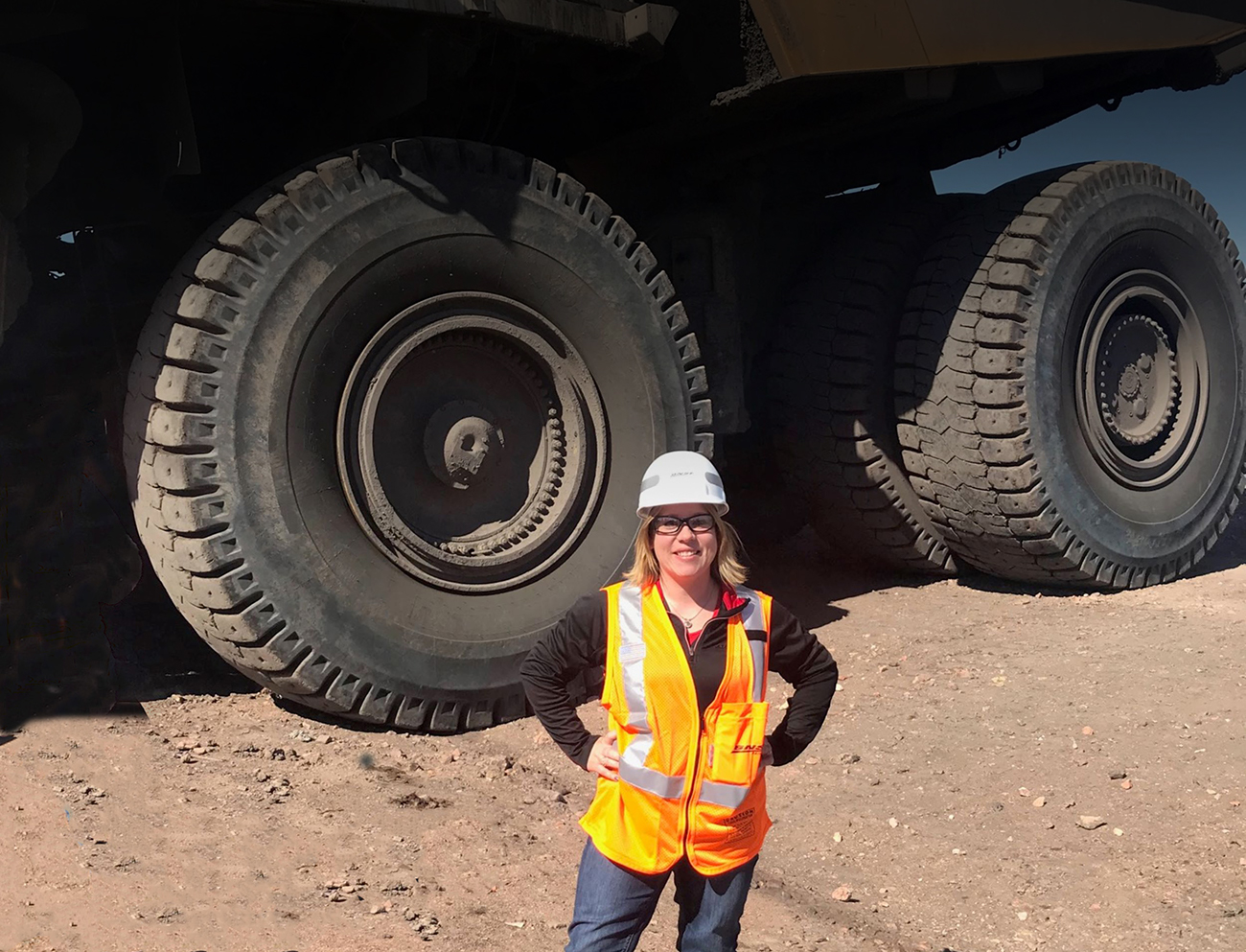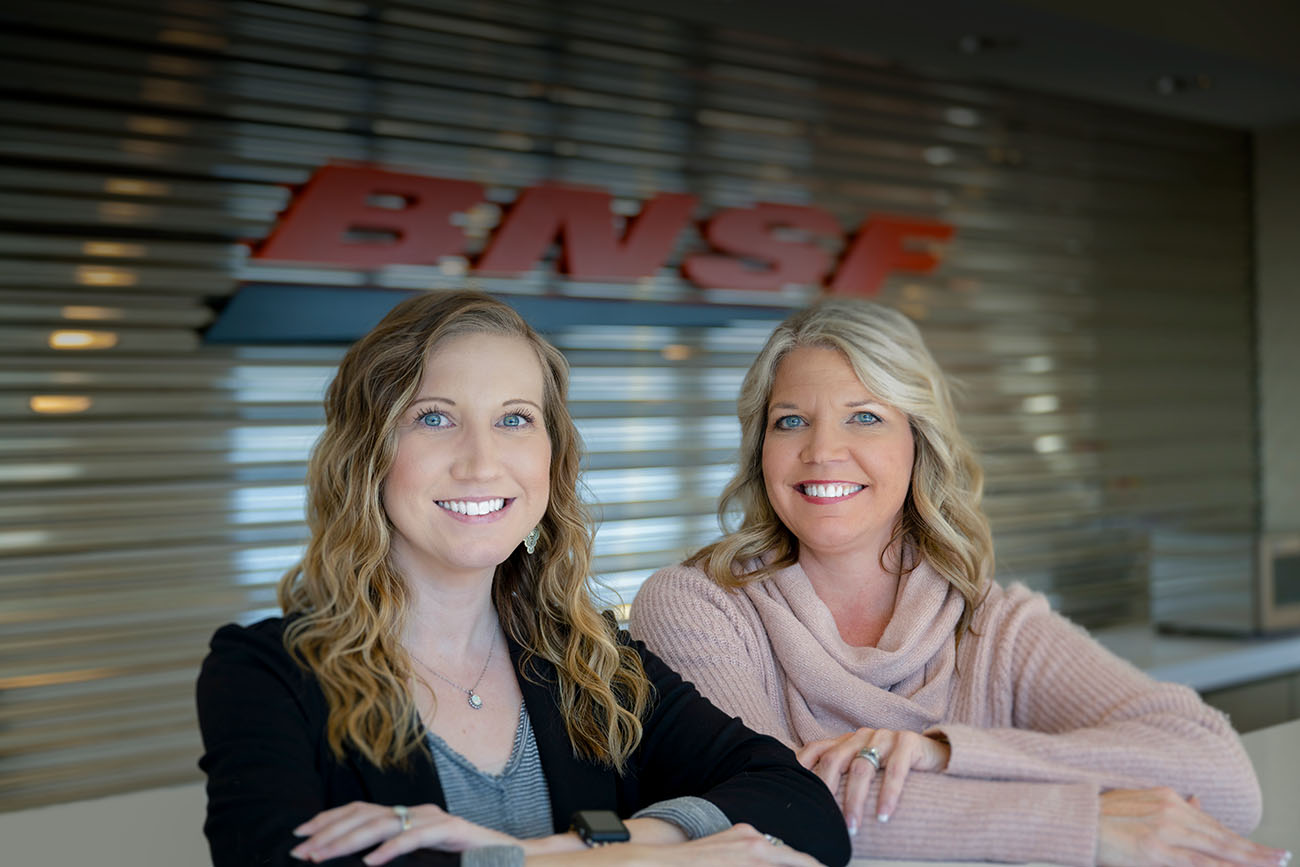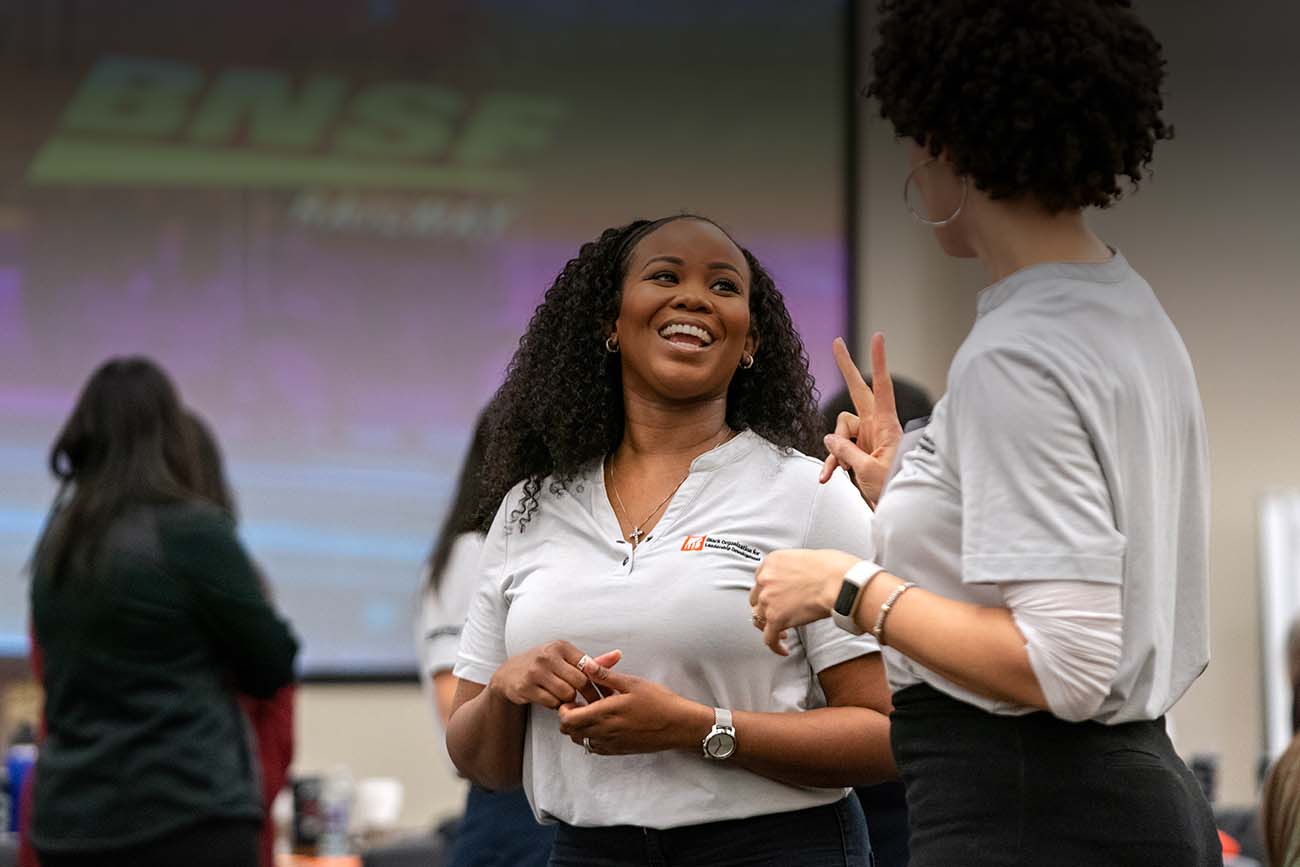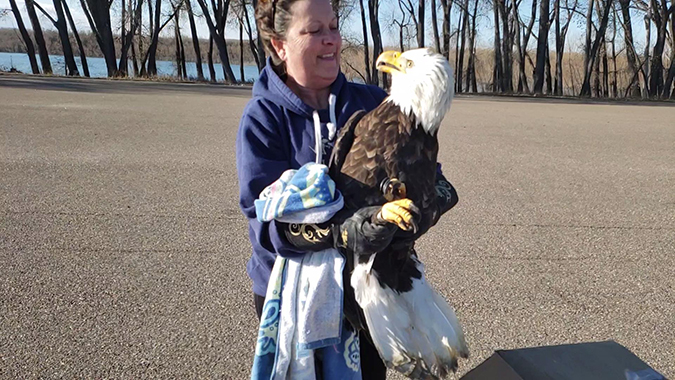
BNSF employee’s volunteer work is the wind beneath raptors’ wings
An eagle, falcon or hawk soaring through the sky may be one of the most beautiful sights to witness, and who doesn’t love hearing hooting owls as the moon shines brightly on a peaceful night?
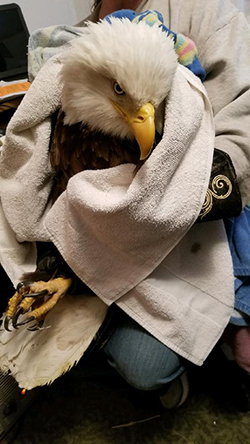 Raptors, or birds of prey, are carnivorous birds that actively hunt small prey. They include hawks, falcons, eagles, and owls, and are an important part of the food chain. But sometimes it takes human intervention to save those that have been injured, and BNSF’s Wendie Henderson, a seasoned yard utility employee in Alliance, Nebraska, dedicates her free time to rehabilitating raptors in her area.
Raptors, or birds of prey, are carnivorous birds that actively hunt small prey. They include hawks, falcons, eagles, and owls, and are an important part of the food chain. But sometimes it takes human intervention to save those that have been injured, and BNSF’s Wendie Henderson, a seasoned yard utility employee in Alliance, Nebraska, dedicates her free time to rehabilitating raptors in her area.
“My sister and I love animals and we have always rescued cats and dogs,” Henderson said. “I had rescued an injured red-tailed hawk and she had rescued a prairie falcon, so the game warden in the area recommended that we volunteer with the Raptor Conservation Alliance of Nebraska (RCA).”
Since then, Henderson and her team have rescued 35-40 birds each year.
“The day after we went through training, we started getting calls,” she said. “There had been no one here that rescued, so there was nothing Game & Parks (the Nebraska Game and Arts Commission) could do. Once we started, they had someone to call.”
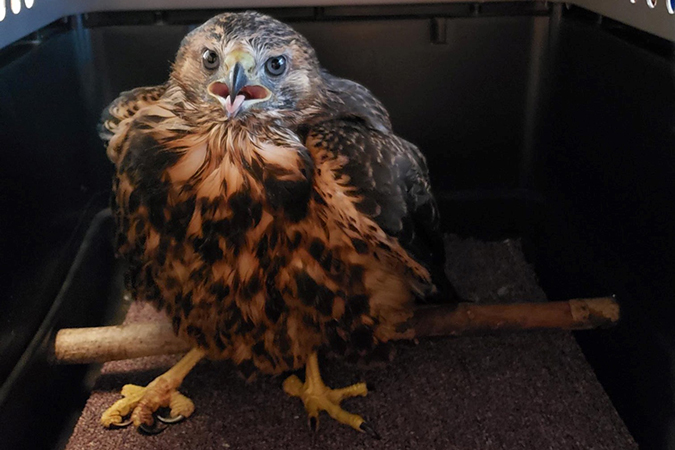
The RCA had 616 raptors in 2022, all rescued by their network of rescuers throughout Nebraska. This year has been a little slower due to harsher weather making raptors more difficult to find and rescue.
When Henderson and her team of three retired and former BNSF employees receives a call, she does the treatments she can, then one of them transports the bird to the rehabilitation center in Elmwood, Nebraska. Once the animals recover, they’re transported back to where they were found to be released. If it’s safe to do so, they’re released as close to that location as possible so they can rejoin families or hunt in areas they know.
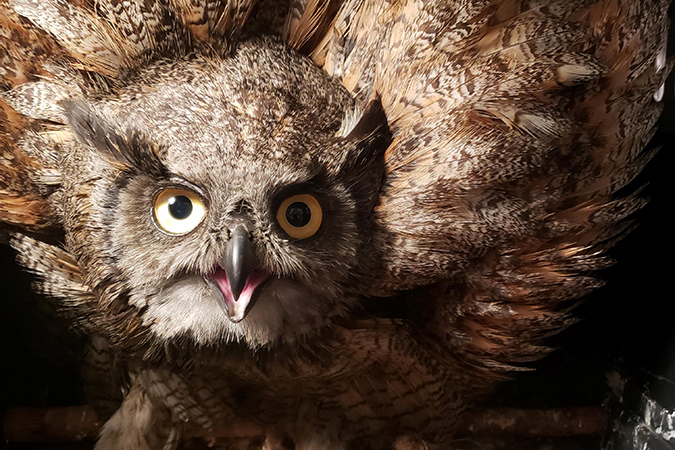
Henderson’s least favorite part of the job is finding animals hurt by senseless and careless human acts. Collisions are common, but not typically easily avoided. However, things like lead poisoning and birds injured due to harassment and gunshot wounds are different.
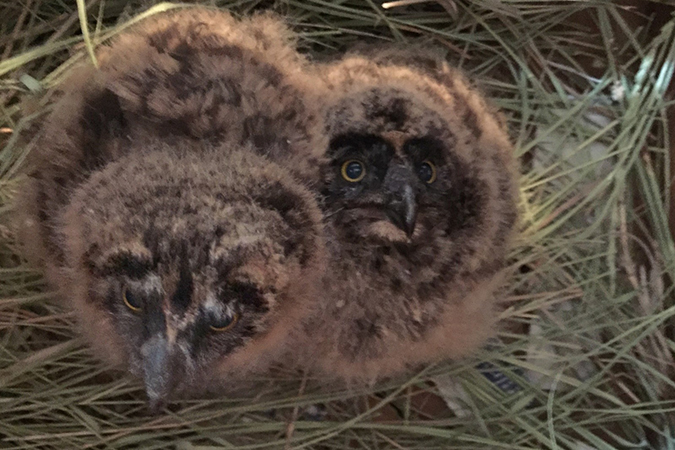
“People should avoid harassing raptors. It’s illegal to harass or be within 300 feet of an eagle nest,” Henderson said. “They’re meant to be wild so leave them wild.”
Another thing people can do to keep raptors safe is avoid lead ammunition when hunting.
“Lead poisoning causes many raptor deaths and it’s so easy to avoid. Either don’t use lead ammo or don’t leave carcasses with any lead fragments,” she said. “Raptors sometimes have a tough time finding food, especially in the winter, so they will scavenge carcasses left by hunters. If there is even a pencil eraser sized amount of lead in what they eat, they will get poisoned.”
According to Henderson, lead poisoning is one of the most painful things a raptor can go through and it’s only treatable if the bird is found immediately and can receive medication.
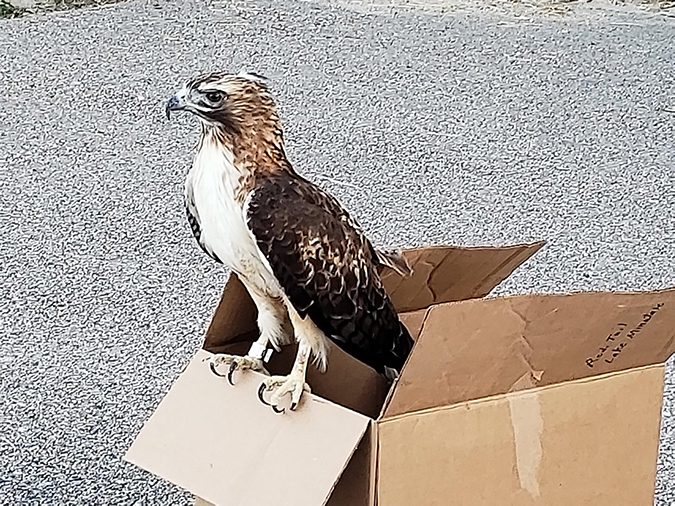
While rescue is often difficult, it’s also rewarding.
“There are not a lot of people who do what we do, so I know that we are making an impact no matter how small,” Henderson said. “The work is difficult, but it all feels worth it when we watch a rehabilitated bird take off.”
When Henderson rescued her first bald eagle, she and two other volunteers chased him through a snow-covered field for a couple of hours before capturing him.
“He had a broken primary, which is essentially a finger,” she said. “He went through rehab and once he was in the flight pen nearly ready to be released, he tried to get something outside in the open and accidently broke both of his legs.”
The bird went through three more surgeries and two years of rehab before he could be released.
“We released him in the spot he was found and since then, he and his partner have raised two bald eaglets every year since. Henderson said. “It felt like all we were doing had a purpose and I always remember him and his legacy.”
